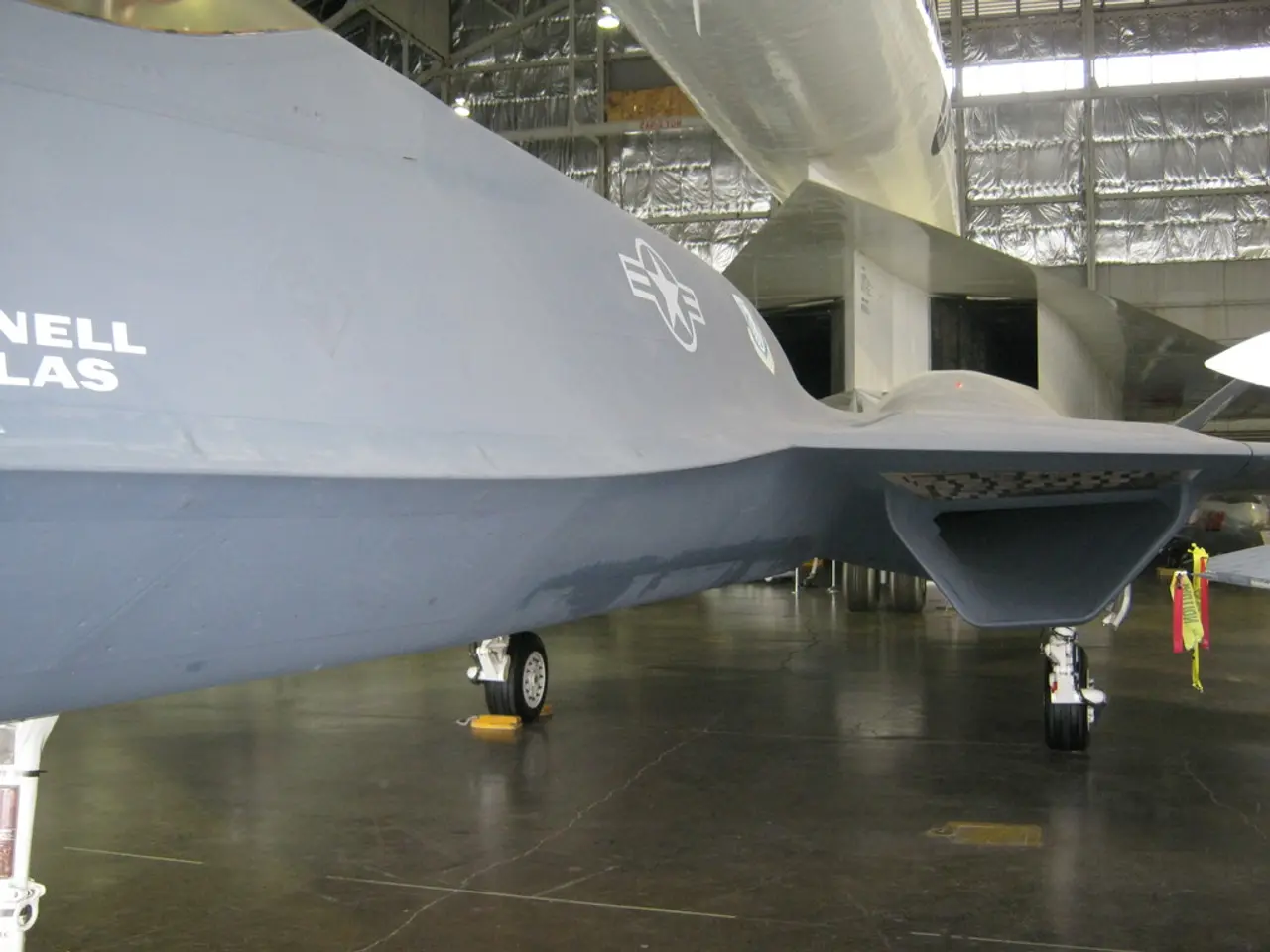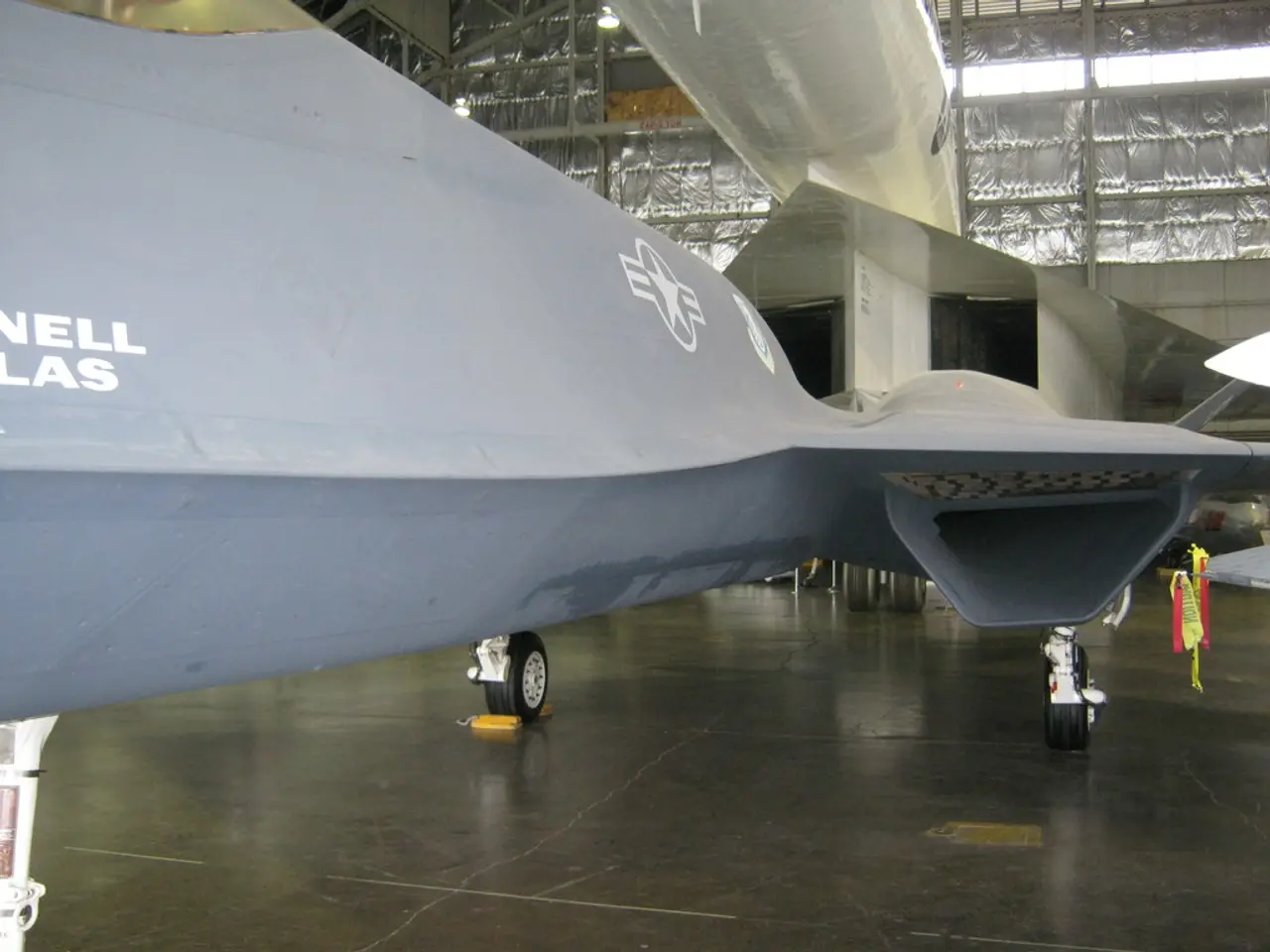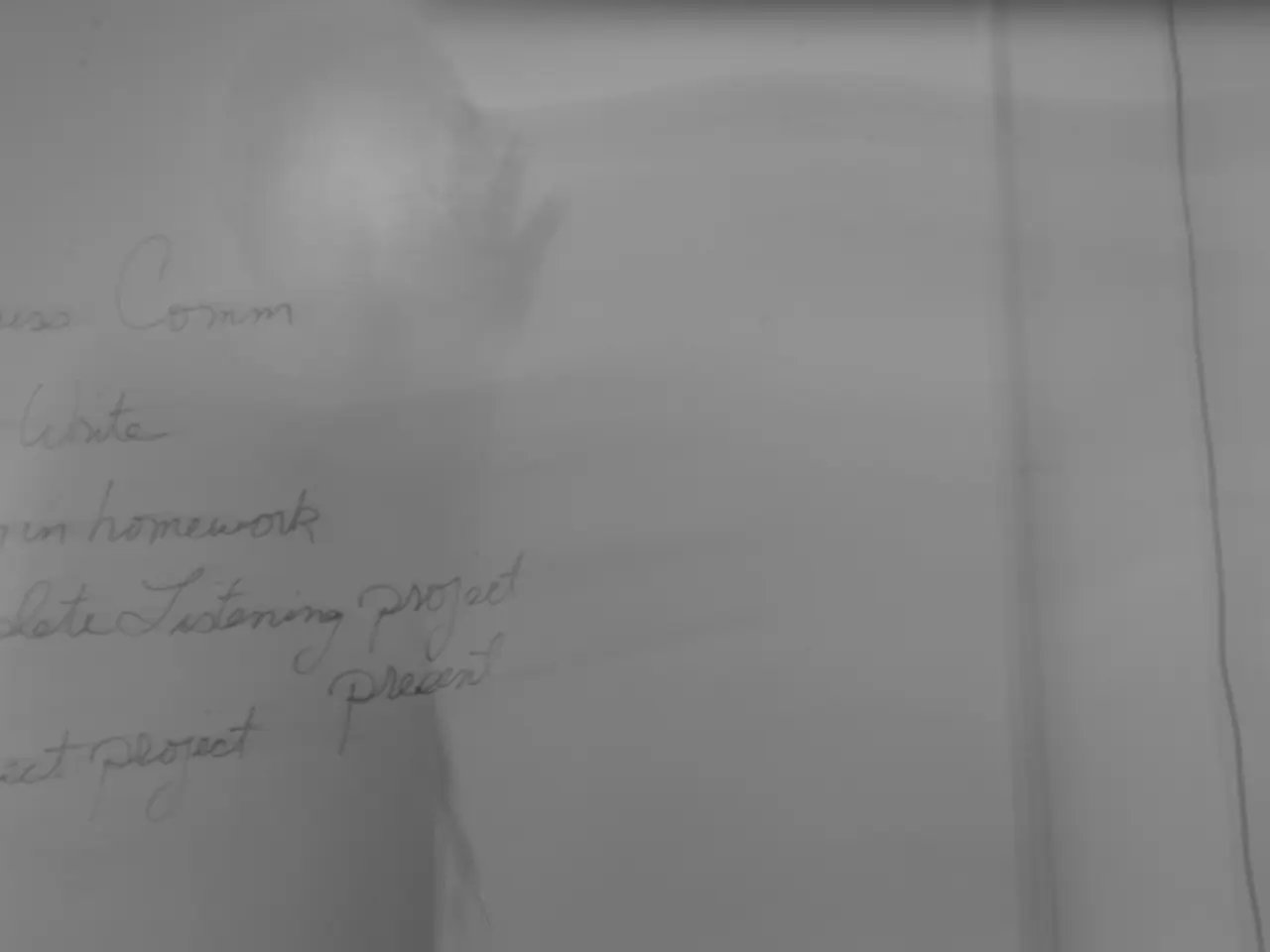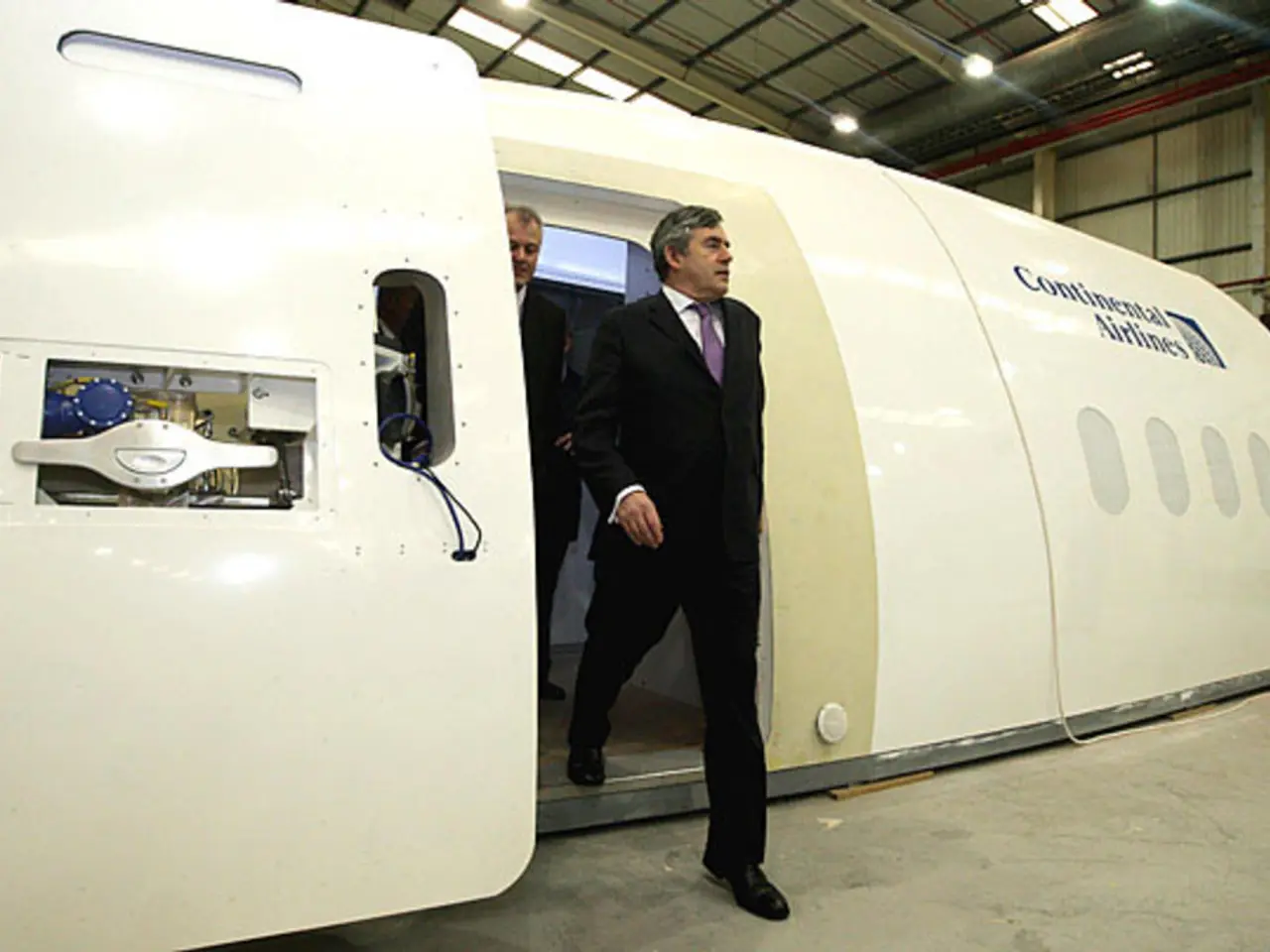Incomplete Report on Air India Sparks Concerns and Unanswered Questions
The preliminary report on the Air India Flight 171 crash, released on July 14, 2025, has provided some insights into the disaster that claimed numerous lives, but it has also left several unanswered questions, causing concern among aviation experts and the general public.
One of the most significant omissions in the report is the absence of a full Cockpit Voice Recorder (CVR) transcript. Despite the CVR being recovered and downloaded successfully, it was not included in the preliminary report. This omission impedes a clear determination of crew intentions, communication, and actions during the critical moments after takeoff.
The report does not attribute cockpit dialogue to either the captain or first officer, leaving significant gaps in understanding the crew's conversations. This lack of transparency contributes to ongoing speculation, including controversial narratives about potential pilot error or deliberate actions, which the Indian Commercial Pilot’s Association has cautioned against amid ongoing investigations.
The preliminary findings confirm that fuel supply to both engines was cut during the aircraft's initial climb. However, the reasons for the fuel control switches being manually moved to CUTOFF just seconds after liftoff remain unknown. This action led to a loss of engine thrust, causing the unusually long takeoff roll that consumed a large portion of the runway before the aircraft became airborne. The report does not address whether weight inaccuracies, performance miscalculations, or improper configuration played a role in the extended takeoff.
Another possibility raised by experts but not addressed in the report is the role of the aircraft's Full Authority Digital Engine Control (FADEC) system. Aviation experts and safety analysts argue that releasing the CVR transcript is essential to understanding cockpit decision-making during the final moments of the flight, including the interaction between the crew and the FADEC system.
The data shows a methodical relight sequence beginning around 08:08:52 UTC, suggesting the aircraft's systems were attempting to recover and stabilize flight. This suggests a plane trying to save itself, but without a full understanding of the crew's actions and communications, it is difficult to determine the sequence of events leading up to this attempt.
The timing of the report's release at 1am local time is informal and unusual, as government departments in India typically close by 5pm. The complete report with answers to many unanswered questions is expected in 11 months, providing hope for a more comprehensive understanding of the disaster.
The implications of this omission are significant: without full access to cockpit voice data, investigators and the aviation industry face challenges in fully understanding the accident's root causes. This restricts learning from the incident to improve pilot training, cockpit design, and safety protocols to prevent similar future crashes. The lack of clear transparency may delay actionable safety recommendations and fuels public and professional uncertainty about what truly happened and why.
Industry stakeholders and financial analysts are closely monitoring the developments in the aviation sector, as questions surrounding the Air India Flight 171 crash continue to fuel industry-wide concerns. The absence of a full Cockpit Voice Recorder (CVR) transcript in the preliminary report impedes a clear understanding of the crash and raises concerns about transparency within the transportation industry. This omission could hinder future safety improvements, as a detailed analysis of the cockpit voice data is crucial for enhanced pilot training, cockpit design, and safety protocols to prevent similar tragedies in the aviation industry.





